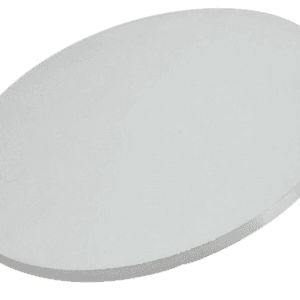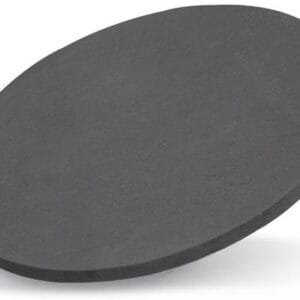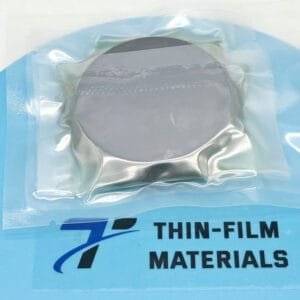Manganese Platinum Sputtering Target Description
Related Product: Iron Manganese Sputtering Target, Manganese Copper Sputtering Target
Manganese Platinum Sputtering Target Specifications
| Compound Formula | MnPt |
| Molecular Weight | 250.02 |
| Appearance | Silver Metallic Target |
| Available Sizes | Dia.: 1.0″, 2.0″, 3.0″, 4.0″, 5.0″, 6.0″ Thick: 0.125″, 0.250″ |
Manganese Platinum Sputtering Target Handling Notes
Indium bonding is recommended for the Manganese Platinum Sputtering Target due to certain characteristics, such as brittleness and low thermal conductivity, which can complicate the sputtering process. The material’s low thermal conductivity and susceptibility to thermal shock further underscore the need for appropriate bonding techniques to ensure optimal performance during sputtering.
Manganese Platinum Sputtering Target Application
Manganese Platinum Sputtering Target Packaging
We meticulously handle our Manganese Platinum Sputtering Target throughout storage and transportation to ensure that it remains in its original, high-quality condition.
Get Contact
TFM offers Manganese Platinum Sputtering Targets in a range of forms, purities, and sizes. We specialize in producing high-purity physical vapor deposition (PVD) materials with maximum density and minimal average grain sizes, making them ideal for semiconductor applications, chemical vapor deposition (CVD), and PVD processes for display and optical technologies.





Reviews
There are no reviews yet.